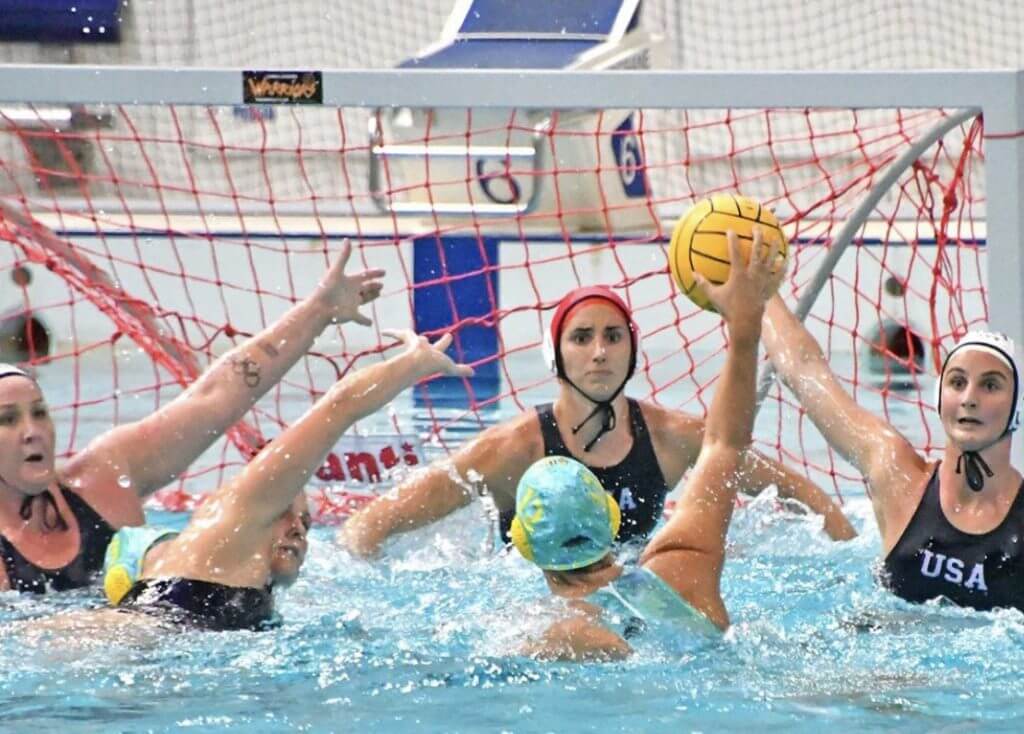A Look at Advancements in the Water Polo World

A Look at Advancements in the Water Polo World
Men’s Water Polo was the first Olympic team sport at the 1900 Games. Since then, tradition has long since dominated the sport, though in different regions the game adapted in different ways. Play itself has changed little.
In the late 19th century, the sport began in Europe, using rules largely developed in Britain. However, across the ocean, the United States incorporated much physicality, with their game governed differently. A compromise regarding the different ways to play was reached and the segmented regions agreed to conform to the new international rules. An International Water Polo Committee formed in 1930, and to this day, still captains water polo on the international stage.
Like its governance, the sport itself has not undergone major evolution. With six field players and one goalie on each team, the sport is dynamic, with most everyone filling many roles. Since the beginning, a common offense includes setting up a 3-3 position, with two lines of three players dominating the offensive and defensive ends.
Change & Growth
Though the sport has not changed, the rules have. As the Collegiate Water Polo Association (CWPA) stated: “Over the years, both technical and rule changes affected the character of the game.” For example, after passing the ball in the water, a pass now characterized as a ‘wet pass,’ the Hungarians invented the ‘dry pass.’ Then, the water polo ball itself was altered. Now made with an inflatable bladder and a rubber fabric cover, the invention improved performance.
Three notable rules changes drastically impacted the game since its beginning. For example, in 1949, players became allowed to continue playing uninterrupted after the referee whistled an ordinary foul. In the 1970s, the exclusion foul system replaced a point system regarding major fouls. Lastly, in 1994, a direct shot after a called free throw at the 7-meter marker became allowed. This changed to 5-meters in 2005.
Lastly, though only traditional water polo is played at the Olympic level, the game has developed different variations. Now, there is inner tube water polo, surf polo, and kayak, or canoe polo. All played at a competitive level, using many similar rules, these modifications combine different skills with ball handling and strategy.
Technology
When it comes to technology and water polo, only minor advancements occurred, until recently. This is a downside of the sport, as technology increases the physical capabilities of athletes, allows for more fair play by creating greater accuracy of calls, enhances the experience of spectators, and makes sports more competitive, thus creating growth.
On the international and Olympic stages, the advancements made benefit only the most elite and their fans. For example, the water polo visual system lights the common meter markers and the goal lines. Another invention includes swim-off flotation rings. Instead of the referee throwing the ball in to start each quarter, a more accurate system places the ball evenly in the center of the pool. Also, underwater cameras display what goes on below the surface, educating viewers.
Because the sport is aquatic, and in many outdoor pools with varying weather, technology has been slow to be implemented. In order to evaluate athletes or teams, coaches must watch games, whereas other sports, such as football and soccer, coaches can use common measurement tests to compare athletes. This is a struggle, especially on the collegiate, national, and international levels, as coaches can not always watch an athlete play.
6-8 Sports
Two companies, 6-8 Sports and Game on Live Studio, have taken on the challenge of rendering this weakness of water polo. These two companies are revolutionizing the sport, enhancing features in and out of the water, the aquatic components only seen as an obstacle to overcome.
6-8 sports, as defined by its founders, Tony Azevedo and Maggie Steffens, is defined as “a data-driven approach to evaluating athlete strengths & weaknesses as they develop over time.” Their ‘6-8 Challenge’ tests athletes’ capabilities, such as speed, explosiveness, power, and fitness. Adding to the company’s campaign is the 6-8 Game Desk App, which is “a multi-athlete scoring platform that allows for streamlined electronic game data collection & athlete profile validation.”
Appreciated by coaches at any level across the nation, the 6-8 system levels the playing field of athletes, providing concrete statistics to use as benchmarks to improve upon. John Abdou, USA Water Polo Head of Olympic Development, commented: “Anytime that you can bring objective measurements into athlete development, it’s a win…,” and that’s exactly what 6-8 sports has accomplished.
Game On Live Studio
Game on Live Studio (GOLS) has also joined in the adventure of taking water polo to the next level. Their mission is simple: to connect, engage, and grow. Therefore, the company works to “Connect athletes to their sport and to their fans through high-quality live streaming…,” to engage audiences through said streaming, and to foster a community of growth, seeing people “…through a lens of potential.”
A fan of GOLS complimented them by saying: “The commentary was hilarious, informative and simply took the production to another level. It wouldn’t have been nearly as engaging without it… The live stream camera angles were perfect… GOLS has certainly raised the bar in managing events in these challenging and unpredictable times.”
The last component, concerning the recent state of the world, adds to the impact the company has had. Not only have they navigated videoing and producing in an aquatic environment, but also in a COVID impacted world. With travel restrictions in place, GOLS has gifted supporters the ability to cheer on their competitor while safely at home.
These two companies, partners on multiple occasions, have begun to revolutionize the largely traditional sport of water polo. Combining data and live streaming, they have promoted the sport, achieving viewership like never before, by leveling the playing field and safely streaming.



